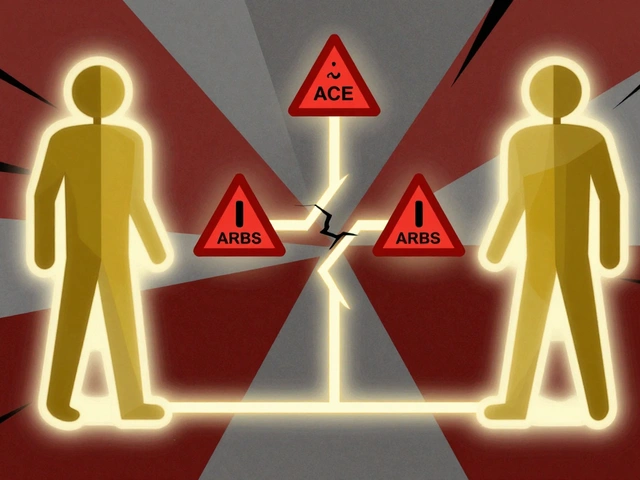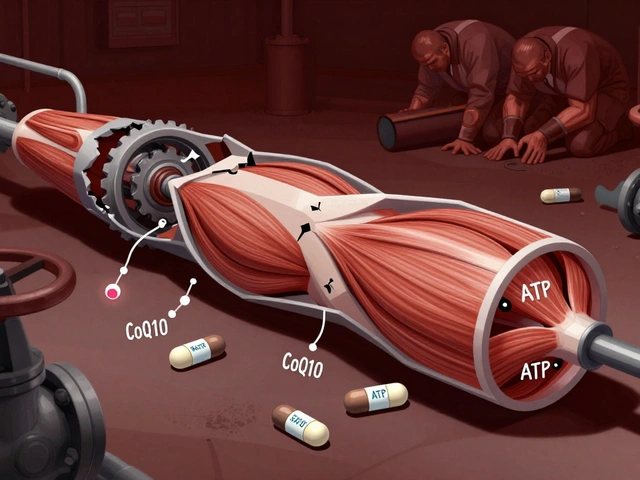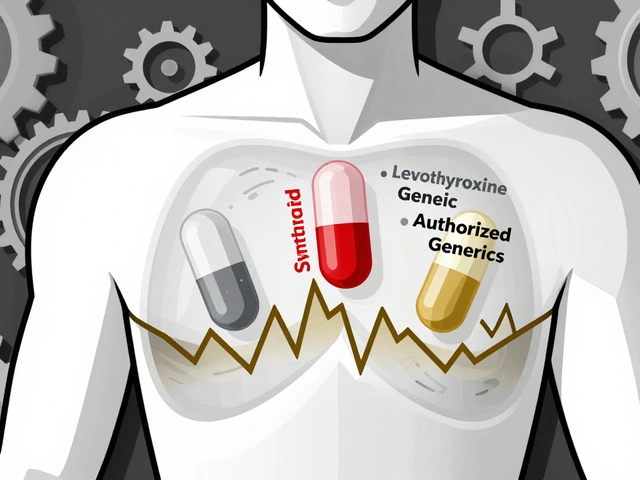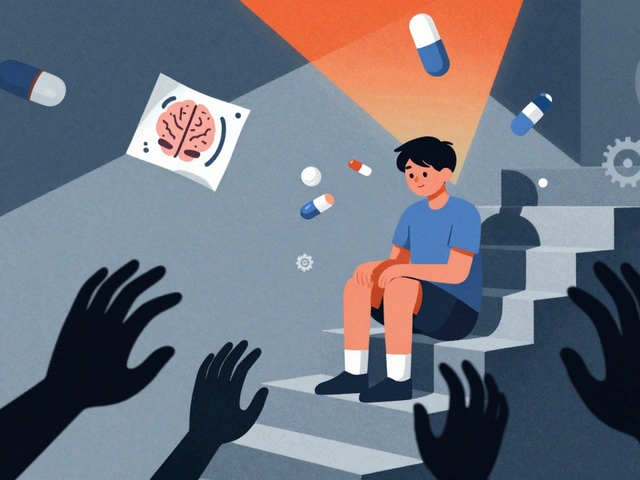School Programs: Essential Guide for Educators and Communities
When working with school programs, planned sets of activities, lessons, and services that aim to improve student learning and overall well‑being. Also known as educational initiatives, they bring teachers, parents, and local partners together to create a supportive learning environment.
One of the core pieces of any school program is the curriculum, the structured content and learning goals that guide classroom instruction. A well‑designed curriculum defines what students should know and be able to do at each grade level, and it sets the stage for meaningful assessment. Then there are extracurricular activities, clubs, sports, arts, and volunteer projects that extend learning beyond the classroom. These activities boost engagement, teach teamwork, and often spark lifelong passions. Finally, student wellness, programs that address mental health, nutrition, physical activity, and social skills acts as the glue that keeps students ready to learn. Research shows that schools with strong wellness components see higher attendance and better academic outcomes. Together, these elements create a feedback loop: solid curriculum fuels confidence, confidence fuels participation in extracurriculars, and participation reinforces wellness, which in turn improves curriculum performance.
Why School Programs Matter
Effective school programs require community partnerships, collaborations with local businesses, health providers, and nonprofit groups that bring extra resources into schools. When a community clinic offers on‑site health screenings, for example, the student wellness component becomes more robust without straining school budgets. Likewise, a partnership with a tech company can enrich the curriculum with up‑to‑date digital tools, making lessons more relevant. This synergy is why many districts now treat community engagement as a strategic priority. Moreover, school programs often dictate funding allocations, staff training needs, and policy decisions, meaning that administrators must align program goals with district objectives. By understanding how curriculum, extracurriculars, wellness, and community ties interact, educators can design programs that are both comprehensive and adaptable.
Below you’ll find a collection of articles that dig into each of these areas—how to choose affordable medication for student health, ways to compare wellness supplements, guides on safe online pharmacy practices, and more. Whether you’re a teacher looking for practical tips, a parent curious about program impact, or an administrator planning the next academic year, the resources here will give you concrete steps and real‑world examples to strengthen your school’s programs.

How Education Helps Prevent Alcohol Dependence Syndrome
Explore how targeted education-both in schools and communities-can stop the rise of Alcohol Dependence Syndrome, with data, practical steps, and a clear comparison of strategies.
read more




